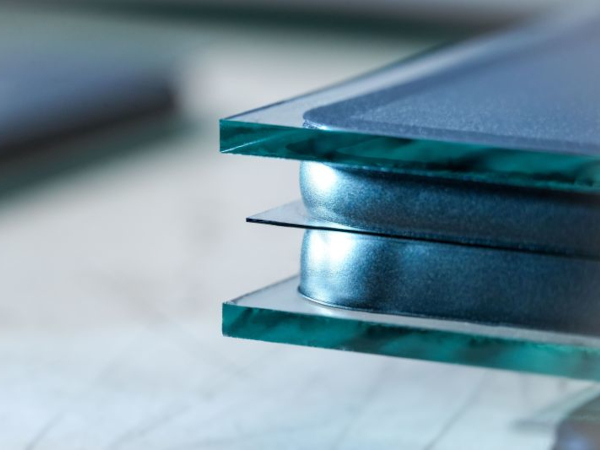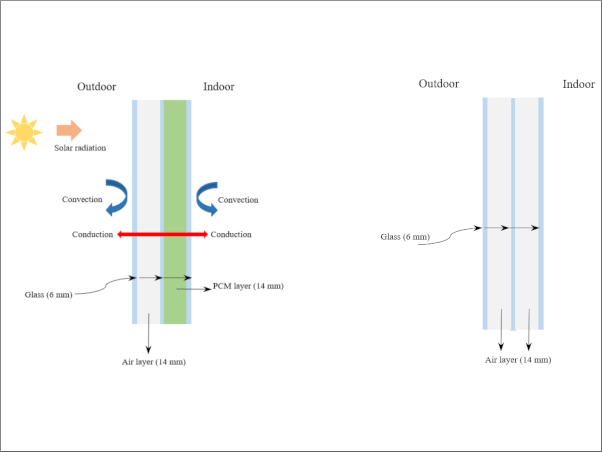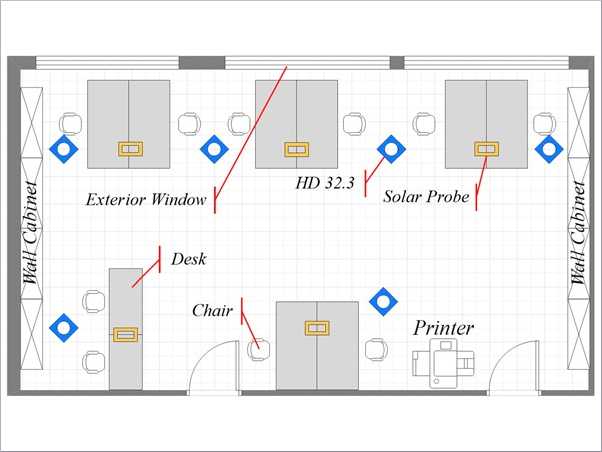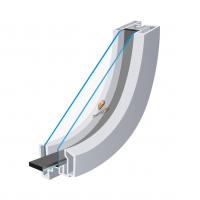If you are considering replacing your existing windows, you may have come across the option of triple glazing instead of double glazing. Here are some facts about triple glazing to help you decide if it is something that is worth investing in for your home.
What is triple glazing?
Traditionally, window units have always been supplied with either single glazing which is simply a single pane of glass, or double glazing which is 2 panes of glass separated by a sealed air cavity.
Triple glazing is essentially the same as double glazing, except it is constructed with 3 panes of glass, creating 2 sealed air cavities.
What are the benefits of triple glazing?
Triple glazing can offer much lower U-values compared with double glazing, reducing heat loss within the home and positively impacting your energy bills.
Triple glazing can really help to improve the comfort of your home by reducing cold spots within a room thanks to the lower transference of external temperature to the internal face of the glazing unit due to the additional cavity and pane of glass.
Is triple glazing always more efficient than double glazing?
In a word, no, not always. Today’s standard double glazing units are generally 28mm in thickness with a configuration of 4-20-4mm, which represents, glass thickness, cavity depth and glass thickness.
As standard, most double glazing should be supplied with argon cavity gas, at least 1 low-e coating and a warm edge spacer. When all these features are provided, modern double glazing has a centre pane u-value of 1.2.
Triple glazing is generally supplied with an overall thickness of 28 – 44mm. A 28mm unit with 1 low-e coating will achieve a centre pane u-value of 1.3, in this configuration, triple glazing would not be more energy efficient than a double glazed unit.
If you are considering upgrading your new windows to triple glazing we would recommend a minimum overall unit thickness of 36mm (4-12-4-12-4) with 2 Low e coatings, Argon cavity gas and warm edge spaces used to join the glass panes together.
This would achieve a centre pane U value of 0.8 would be much more efficient than standard double glazing. The thickness of triple glazing can be increased up to a maximum of 52mm to achieve higher overall U values.
If you are considering triple glazing it is important to ensure that you purchase your windows from a reputable company as you could easily be supplied with windows that are more expensive and less efficient than double glazing units.
What are the alternative options to triple glazing?
The window frame is a large factor to the overall U value of a window, the use of timber or thermally broken aluminium frames can often provide better overall U values than standard UPVC units.
A good example would be our Rationel slim line Aldus window range, achieving an overall U value of 0.9 thanks to the design of the timber frame whilst only using a double glazed glass unit, using the same unit of glass in a UPVC frame window would achieve an overall U value of 1.3
Is triple glazing really worth it?
If you are considering upgrading your windows and building a new house it makes sense to add in triple glazed units for the enhanced energy efficiency and overall cost for a small increase in price over triple glazing.
However, if energy efficiency is an important factor in your project you should also consider the types of window frames you are using as some window frames are much more energy efficient than others.
When choosing triple glazing make sure you purchase from a reputable company and a centre pane U value of at least 1.0 or lower is specified.
For more information on triple glazing take a look at our dedicated page.


















